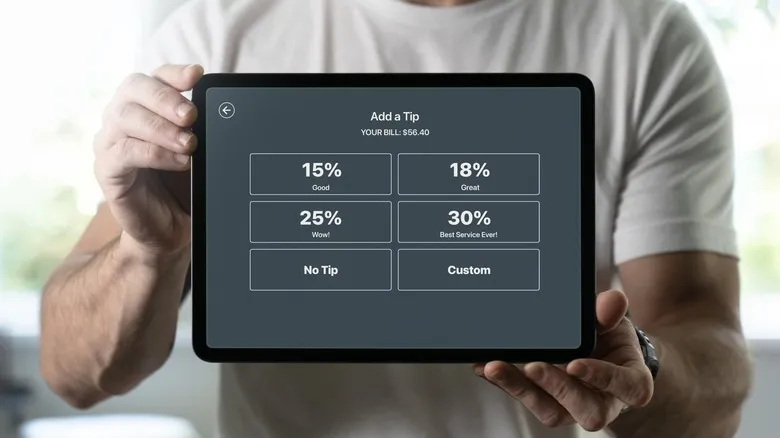How tipping culture affects fast food workers

Dining out can be costly, and the prices of fast food have risen significantly over the years. After already stretching your budget for a meal, plus taxes and extra fees, leaving a tip can feel like an additional burden on top of your expenses. It could be even more challenging—imagine putting in the effort to earn a tip as a token of appreciation for your service, only to end up with nothing extra. Tipping can be a bit of a gamble. According to the National Restaurant Association, waitstaff in full-service restaurants earn a median wage of $27 per hour. Depending on tips, you might find yourself comfortably above that average, or struggling to make even the minimum wage of $7.25.
If fast food workers were classified as "tipped employees" under federal law, they would lose their current hourly wage protections. As it stands, tipping remains optional unless laws change, but there are ways to support service workers without spending extra money. You can learn efficient ordering techniques, avoid placing orders too close to closing time, stack your plates when possible, and always be courteous. Additionally, it's important to understand how to tip with different payment methods. For example, if you plan to use a gift card, check the restaurant's tipping policy first.
Some fast food establishments have digital payment tablets that allow you to easily add a percentage of your meal cost as a tip when paying by card. Others may simply have a tip jar available. One surefire way to brighten someone's day is to hand them cash directly. Keep in mind that service workers strive to provide the best experience for you, and every little bit helps.
Recommended

The Aldi Find That Can Amp Up A Variety Of Thanksgiving Dishes

How Martha Stewart Removes Garlic Odor With Ease

How Martha Stewart Cooks The Perfect Porterhouse Steak Every Time

How To Determine Whether Or Not To Drain Canned Vegetables
Next up





